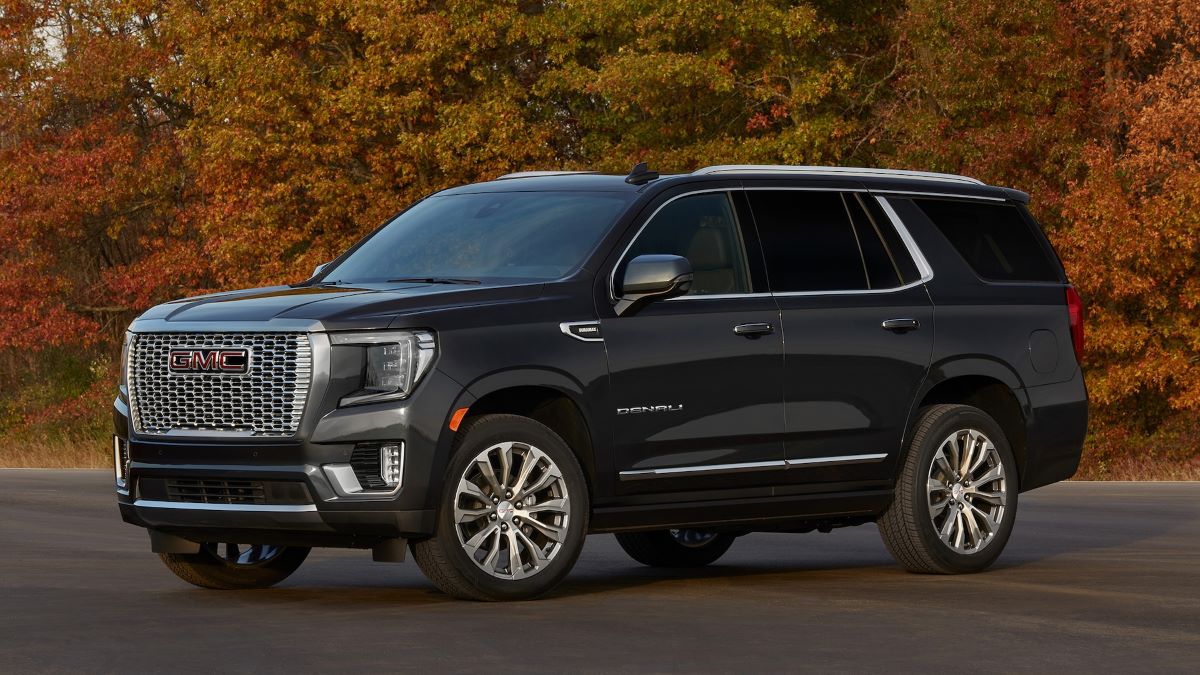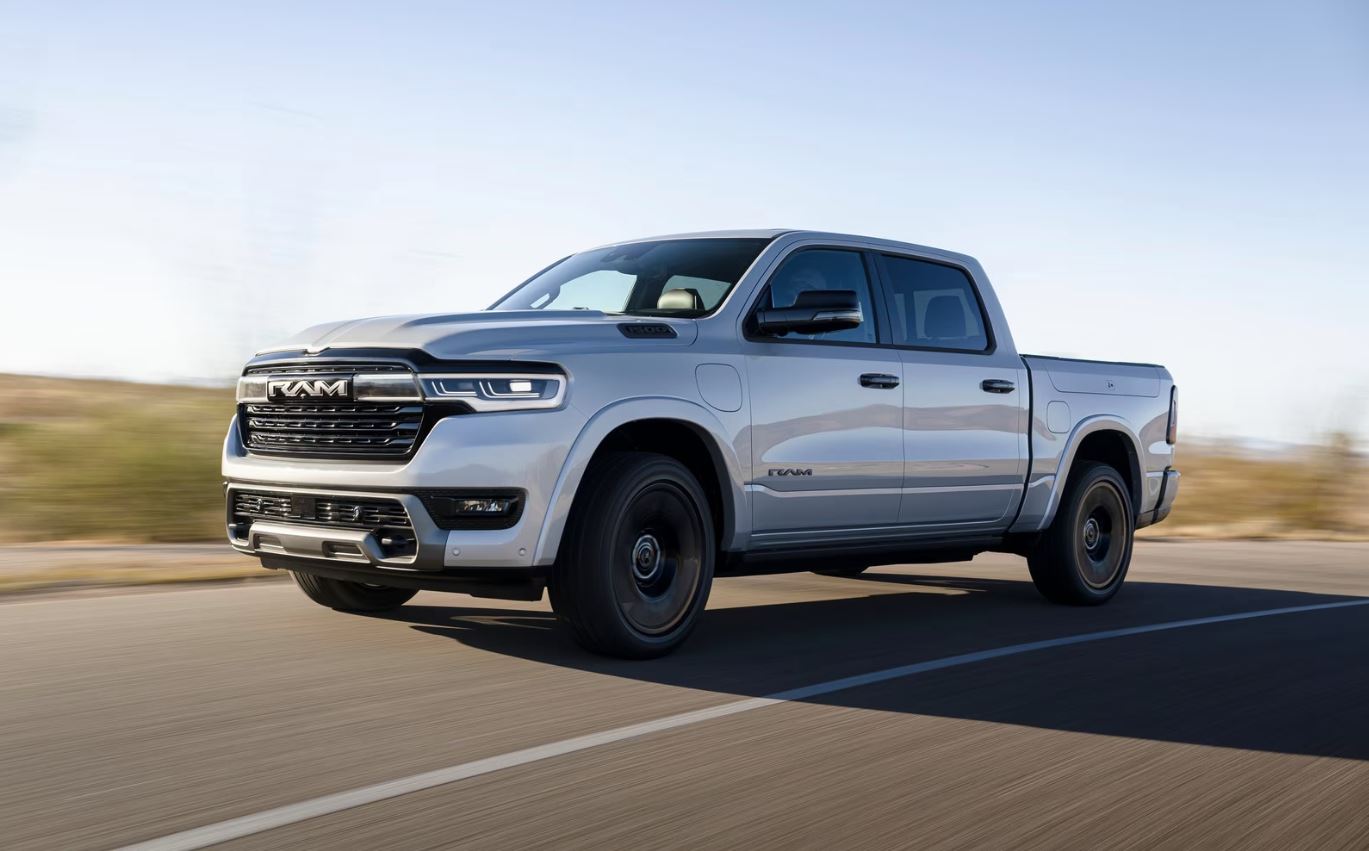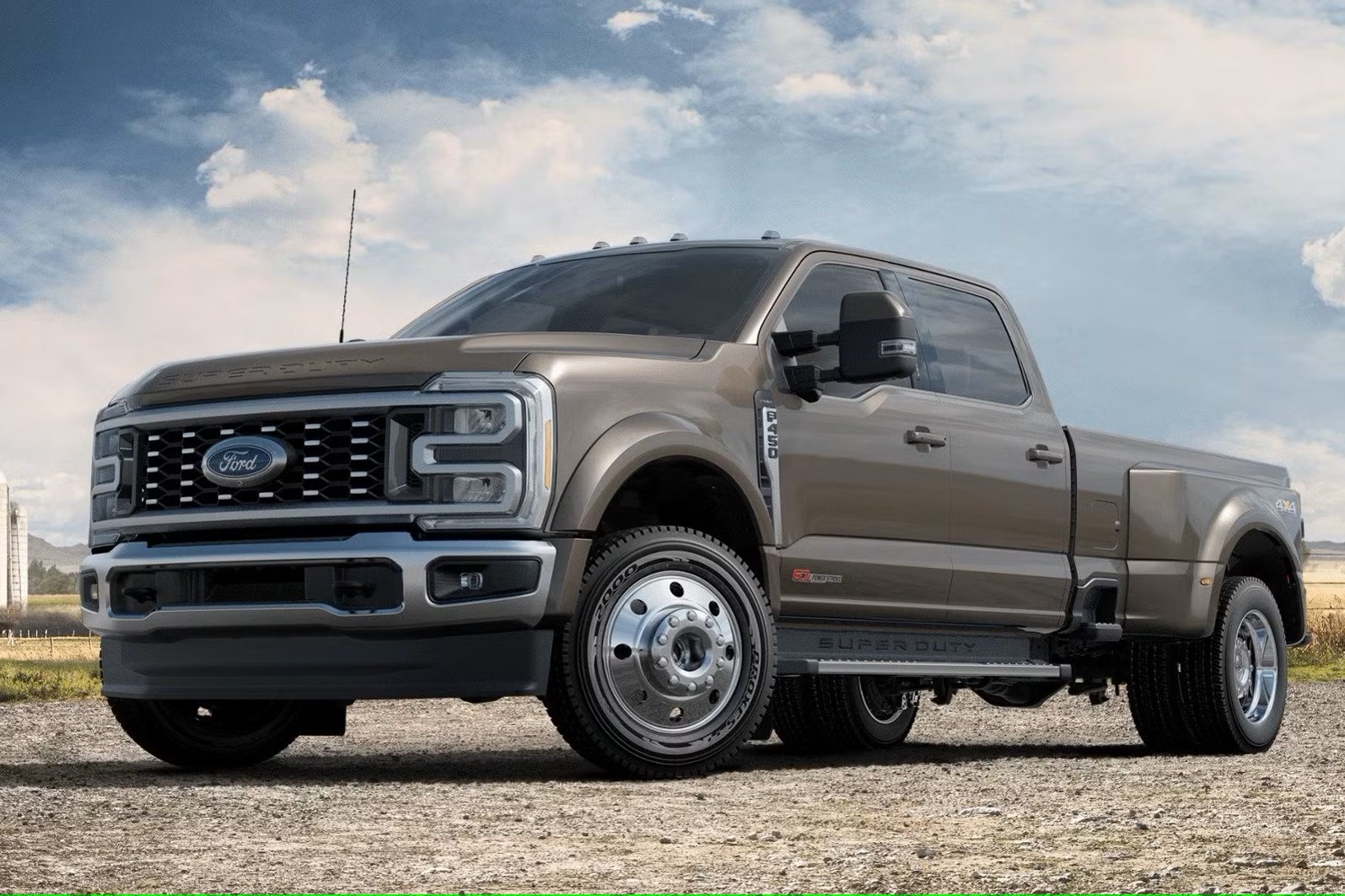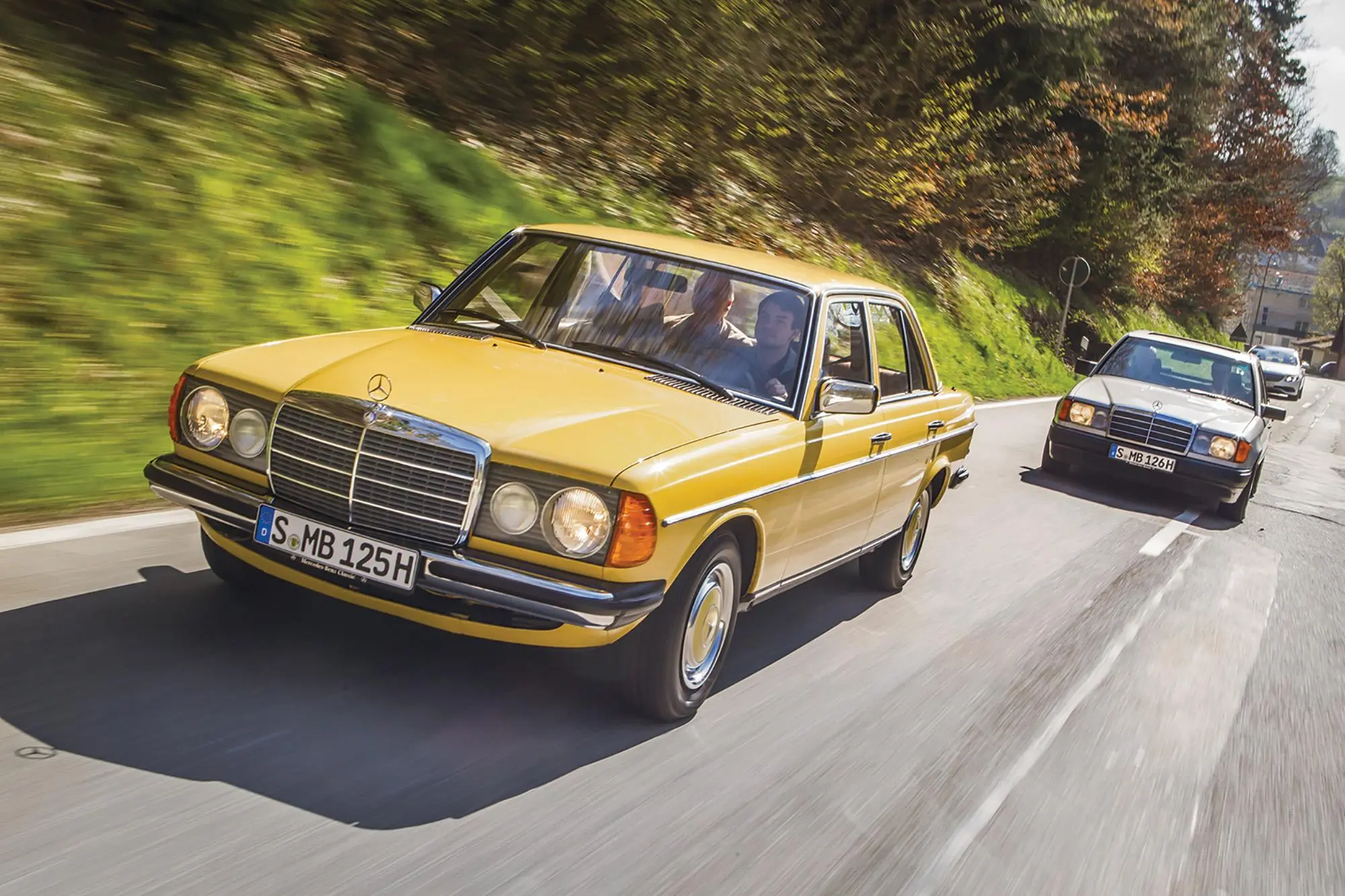When most people think of diesel engines, they think of toughness—iron-block workhorses that thrive under pressure, rarely break, and seem to last forever. And to a large extent, that reputation holds true.
Diesel engines, especially those built in the pre-emissions era, are marvels of over-engineering. They’re designed to haul, tow, power ships, trains, and heavy machinery in the harshest conditions imaginable.
But within that proud tradition of mechanical endurance lies one machine that stands above the rest—a diesel engine that didn’t just survive hundreds of thousands of miles or a few decades of use, but has continued working for over a century.
This is the story of the Wolseley Sheep Shearing Station engine, also known as one of the longest-living operational diesel engines in the world.
Now, “longest-living” doesn’t necessarily mean “most powerful” or “most advanced.” It means continuous, reliable, operational life across generations—decades of runtime with minimal interruption. While modern engines are faster and more refined, few can match the raw, unfiltered mechanical dependability of the old diesels.
Many modern engines are constrained by emissions regulations, electronics, and planned obsolescence. The old diesels, by contrast, were designed to outlive their creators—simple, robust, and able to be fixed with basic tools.
The longevity of such an engine is a testament to a lost era of engineering—one where efficiency wasn’t sacrificed for cost savings and where durability wasn’t a byproduct, but a goal. These engines were built to last millions of hours, not miles.
And in rural parts of Australia, remote Alaska, or mining operations in South Africa, some of these diesel legends continue to run, powering everything from old machinery to generators, water pumps, and even vintage locomotives.
This article will explore the story behind the world’s longest-living diesel engine, diving into its origins, engineering features, how it’s been maintained, and why nothing built today quite compares.
It’s not just about a machine—it’s about a philosophy of engineering that valued longevity over everything else, and a global legacy of diesel power that still rumbles on, often forgotten, in the corners of our mechanical world.
Also Read: 10 SUVs That Are Overbuilt in the Best Way Possible With Power, Luxury, and Road Dominance

Birth of a Mechanical Giant: Diesel’s Early Years
The story of long-lasting diesel engines begins with Rudolf Diesel, who patented the first compression-ignition engine in 1892. Unlike gasoline engines that relied on spark plugs to ignite fuel, Diesel’s invention used high pressure and heat to ignite fuel.
This made his engines far more efficient—and also more robust. Early diesel engines were enormous, running at low RPMs and built using cast-iron blocks, forged steel internals, and overbuilt cooling systems.
One of the first major industries to embrace diesel was maritime transport. Ship engines needed to run for days or weeks at a time without failure. The earliest large-scale diesels found homes in freighters, submarines, and naval vessels.
Many of these marine engines were so well-built that they remained in service for half a century or more. Some are still operational today as backup generators or museum exhibits. This culture of diesel over-engineering gave rise to engines with service intervals not measured in miles, but in thousands of operational hours.
Among these behemoths, companies like MAN, Lister, Deutz, and Fairbanks-Morse carved out reputations for building industrial-strength diesel engines that never quit. Some of these engines were installed in remote facilities—power stations in jungles, gold mines in Africa, or sheep shearing sheds in the Australian outback.
In such places, reliability wasn’t just important—it was the only requirement. And so these machines were built like fortresses: simple, durable, and serviceable by hand. Many ran non-stop for decades, only shutting down briefly for oil changes or valve adjustments.
The key to this longevity was low RPM operation, thick iron castings, and straightforward mechanical systems. There were no computers, sensors, or emission-control devices to fail.
Just pistons, fuel, and fire. And it was in this landscape of rugged reliability that one engine, in particular, would come to define the diesel legend—an engine that has been running for over a century.

The Wolseley Engine: Diesel Immortality in the Outback
In the dusty, sun-scorched heart of Australia, one of the most remote regions of the developed world, sits a relic of the diesel age that refuses to die: the Wolseley engine at the Blackall Wool Scour, located in Queensland.
Installed in 1908, this diesel-powered engine was built to run wool-processing machinery at a sheep shearing station. What makes it extraordinary is that it still works today, more than a century later.
The engine is a vertical single-cylinder diesel, with a flywheel taller than most adults and a startup process that involves heating the cylinder head with a blowtorch.
It runs at a lazy 200 RPM, driving belts and pulleys that still power some of the original shearing equipment. The design is beautifully basic—there’s no electricity required, no starter motor, no sensors, and nothing that can’t be fixed with a wrench and a grease gun.
Part of what’s allowed the Wolseley engine to live for so long is its predictable operating environment. It was never pushed hard, only ran during shearing seasons, and was meticulously maintained by generations of station engineers.
The fuel system was simple, the lubrication was manual, and every component was oversized to handle loads far greater than it actually saw. In today’s terms, the engine was perpetually under-stressed, and that’s one of the biggest reasons it’s still alive.
Incredibly, the engine still starts and runs just as it did over 100 years ago. Tour guides demonstrate its operation at the now-heritage-listed wool scour, and it’s considered one of the oldest operating diesel engines in the world.
Mechanics who’ve serviced it over the years describe the engine as “practically immortal,” with the only replacements being seals, belts, and gaskets—not the crankshaft, not the piston, not the cylinder wall. It has become not just a symbol of Australian industry, but a monument to an era of mechanical excellence.
This engine’s story isn’t unique either. Similar engines from Lister and Fairbanks-Morse have survived in mines, farms, and factories. But the Wolseley stands out for its documented continuous service, making it the longest-running operational diesel engine still in its original location.

Why Diesel Engines Last So Long
To understand how a machine can last over 100 years, you need to understand the core design principles of old diesel engines. Unlike modern gasoline or even diesel engines designed for passenger vehicles, these early industrial engines followed a different rulebook altogether. Here’s what made them last:
1. Low RPM Operation
Most early diesel engines operated below 500 RPM. The Wolseley engine, for instance, runs at just 200 RPM. Compared to today’s engines, which spin at 2,000 to 6,000 RPM, these old machines experienced much less internal wear. The slow speed reduces heat, friction, and stress on moving parts.
2. Simple Mechanical Layout
No computers. No emissions control. No turbochargers. No variable valve timing. These engines were basic: fuel goes in, air gets compressed, and combustion happens. Their simplicity made them reliable. With fewer parts, there was less to fail, and more room to overbuild everything.
3. Materials That Outlast Time
Many old diesel engines used cast iron blocks, forged steel crankshafts, and bronze or copper bushings. These materials resist corrosion and wear far better than the aluminum and plastic components found in modern engines. Many were hand-machined to precise tolerances that wouldn’t be cost-effective today.
4. Designed for Maintenance
Unlike many modern engines that are sealed, compact, and hard to work on, old diesel engines were made to be disassembled, cleaned, and rebuilt regularly. Owners were expected to be their own mechanics, so parts were accessible and adjustable.
5. Minimal Emission Constraints
Modern diesel engines are strangled by emissions equipment—DPFs, EGR systems, SCR systems—all of which reduce engine life and add maintenance headaches. The Wolseley engine, by contrast, simply burns fuel, emits smoke, and keeps on going. There’s no pollution control to fail—just pure combustion.

A Testament to Timeless Engineering
The story of the world’s longest-living diesel engine isn’t just a curiosity or a piece of engineering folklore. It’s a living embodiment of a different time—a time when machines were not made to be sleek, disposable, or optimized for quarterly profits, but to function reliably for decades, even generations.
The continued operation of engines like the Wolseley is a profound reminder that durability and simplicity are not accidents—they are deliberate design choices. These engines were made in an age where longevity was not only respected but expected.
When we compare this with today’s machines, the contrast is stark. Modern diesel engines, especially those found in passenger vehicles, are loaded with sensors, modules, and emissions equipment that often begin to fail long before the mechanical parts do.
Timing chains stretch due to oil starvation, turbochargers clog with soot, and emission systems trigger limp mode with the slightest glitch. It’s not uncommon for a modern diesel engine to face significant repairs before even hitting 150,000 miles.
Meanwhile, a pre-war diesel like the Wolseley can cross a century with nothing but regular oil, occasional gaskets, and an operator who listens to it like an old friend.
The longevity of this engine also carries cultural significance. In an age where technology moves so fast that today’s innovation becomes tomorrow’s landfill, the idea that a single machine could last over 100 years is a comforting contradiction. It forces us to reconsider the way we define progress. Is newer always better?
Or have we lost something essential in our pursuit of efficiency and automation? The Wolseley diesel doesn’t need Bluetooth, over-the-air updates, or diagnostics. It simply needs clean fuel, a bit of heat, and respect for the mechanical forces that keep it alive. That kind of engineering is rooted in permanence, not novelty.
There’s also a powerful environmental message wrapped in this story. Today, we often equate environmental responsibility with electric vehicles, carbon offsets, and green energy. Yet, there is nothing more sustainable than a machine that never needs to be replaced.

Also Read: 10 Best V6 Sports Cars That Don’t Sacrifice Reliability
The Wolseley engine has used a fraction of the resources a series of short-lived modern machines would have consumed over the same time. No repeated manufacturing, no disposal waste, no shipping emissions—just quiet, faithful work. In that sense, this old engine is a greener solution than many of its high-tech descendants.
Finally, there’s the human element. This engine has outlived two World Wars, the rise and fall of empires, the invention of the internet, and the dawn of artificial intelligence. It has been operated by people whose grandparents were children when it was installed.
And through it all, it has remained essentially the same. The continuity is astounding—and deeply grounding. In a world of endless updates, infinite scroll, and planned obsolescence, the Wolseley diesel represents something profoundly rare: constancy.
It runs today because someone cared enough to maintain it, and because it was designed to reward that care with loyalty. In many ways, it’s more than an engine—it’s a legacy. A legacy of honest design, human craftsmanship, and mechanical integrity that refuses to be forgotten.
Whether you’re a diesel enthusiast, an engineer, or just someone who appreciates stories of endurance, the Wolseley engine’s tale is a powerful reminder: when we build things to last, we build more than machines—we build monuments.

